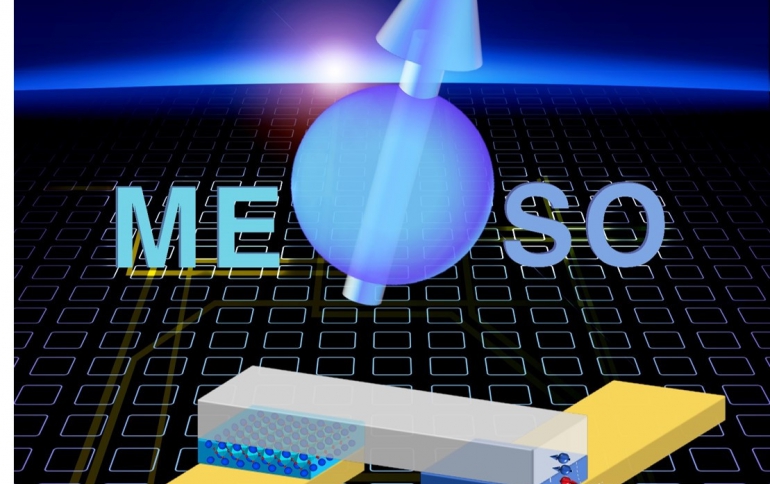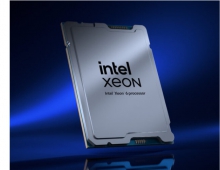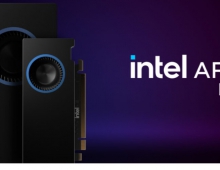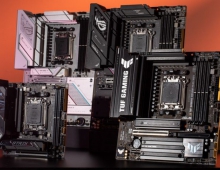
Intel Invents New Magneto-electric Spin-orbit (MESO) Logic Device
Intel researcers have invented a "magneto-electric spin-orbit" (MESO) logic device, which has the potential to lower voltage by 5 times and energy by 10-30 times when combined with ultralow sleep state power, as compared to today’s complementary metal-oxide-semiconductors (CMOS).
The principles of CMOS operation, involving a switchable semiconductor conductance controlled by an insulating gate, have remained largely unchanged, even as transistors are miniaturized to sizes of 10 nanometres.
In a paper published today in "Nature," researchers from Intel, the University of California, Berkeley, and the Lawrence Berkeley National Laboratory investigate what dimensionally scalable logic technology beyond CMOS could provide improvements in efficiency and performance for von Neumann architectures and enable growth in emerging computing such as artifical intelligence.
Specifically, the researchers describe a MESO logic device, which could emerge in the next decade for the beyond-CMOS era to drive computing energy-efficiency and allowing performance to grow across diverse computing architectures.
The scalable spintronic logic device operates via spin–orbit transduction (the coupling of an electron’s angular momentum with its linear momentum) combined with magnetoelectric switching. The device uses advanced quantum materials, especially correlated oxides and topological states of matter, for collective switching and detection. In the paper, the researchers describe progress in magnetoelectric switching and spin–orbit detection of state, and show that in comparison with CMOS technology the new device has superior switching energy (by a factor of 10 to 30), lower switching voltage (by a factor of 5) and enhanced logic density (by a factor of 5). In addition, its non-volatility enables ultralow standby power, which is critical to modern computing.
"We are looking for revolutionary, not evolutionary, approaches for computing in the beyond-CMOS era. MESO is built around low-voltage interconnects and low-voltage magneto-electrics. It brings together quantum materials innovation with computing. We are excited about the progress we have made and are looking forward to future demonstrations of reducing the switching voltage even further toward its potential, "said Ian Young, Intel Senior Fellow and director of the Exploratory Integrated Circuits group in the Technology and Manufacturing Group.
The researchers invented the MESO device, with the memory, interconnect and logic requirements of future computing needs in mind. The MESO device was prototyped at Intel using quantum materials with emergent quantum behaviors at room temperature, with magneto-electric materials (multiferroic) developed by Ramamoorthy Ramesh at UC Berkeley and the Lawrence Berkeley National Laboratory. MESO also utilizes spin-orbit transduction effects described by Albert Fert at Unité Mixte de Physique CNRS/Thales.
Multiferroics are materials whose atoms exhibit more than one “collective state.” In ferromagnets, for example, the magnetic moments of all the iron atoms in the material are aligned to generate a permanent magnet. In ferroelectric materials, on the other hand, the positive and negative charges of atoms are offset, creating electric dipoles that align throughout the material and create a permanent electric moment.

MESO is based on a multiferroic material consisting of bismuth, iron and oxygen (BiFeO3) that is both magnetic and ferroelectric. Its key advantage, Ramesh said, is that these two states – magnetic and ferroelectric – are linked or coupled, so that changing one affects the other. By manipulating the electric field, you can change the magnetic state, which is critical to MESO.
The key breakthrough came with the rapid development of topological materials with spin-orbit effect, which allow for the state of the multiferroic to be read out efficiently. In MESO devices, an electric field alters or flips the dipole electric field throughout the material, which alters or flips the electron spins that generate the magnetic field. This capability comes from spin-orbit coupling, a quantum effect in materials, which produces a current determined by electron spin direction.
"MESO is a device built with room temperature quantum materials," said Sasikanth Manipatruni, senior staff scientist and director of Intel Science and Technology Center on Functional Electronics Integration and Manufacturing. "It is an example of what is possible, and hopefully triggers innovation across industry, academia and the national labs. A number of critical materials and techniques are yet to be developed to allow the new type of computing devices and architectures."





















